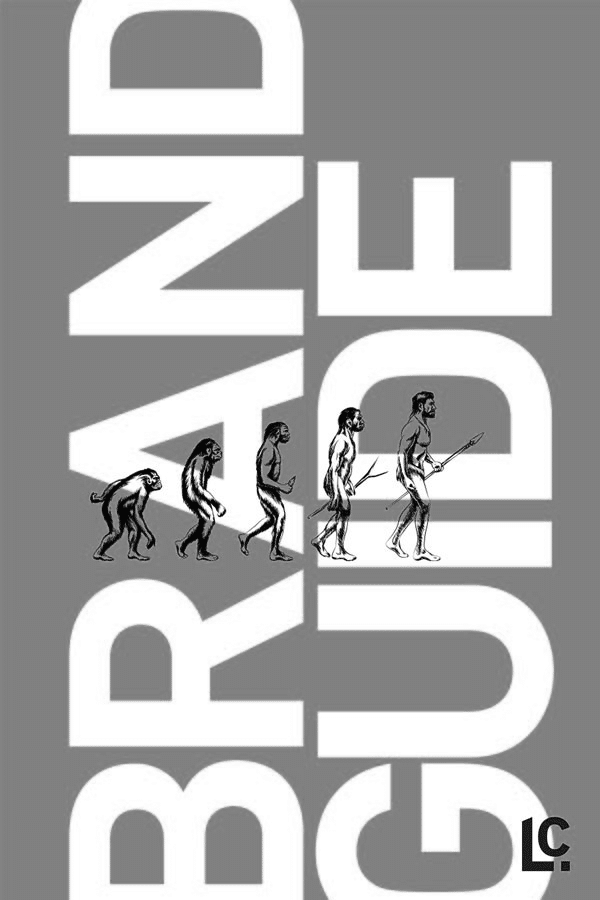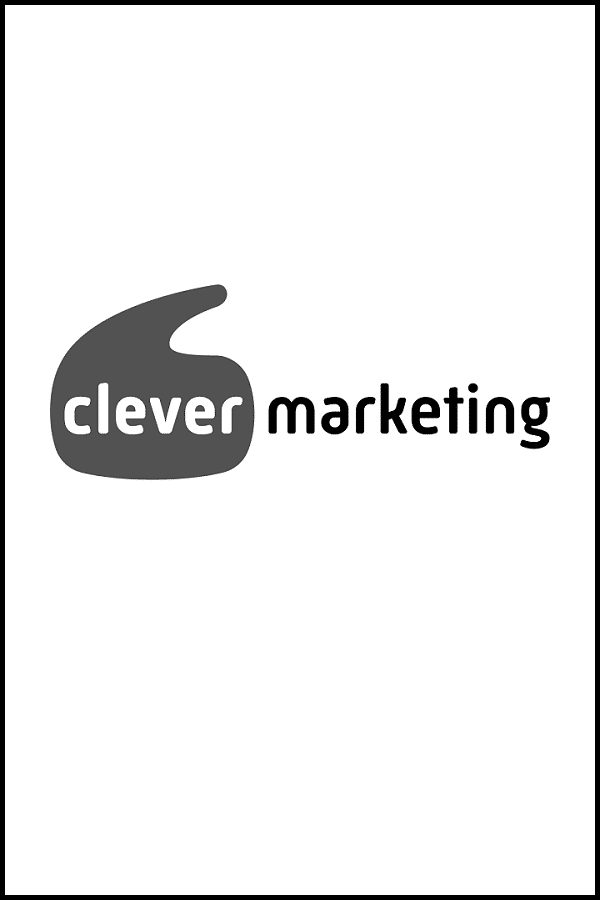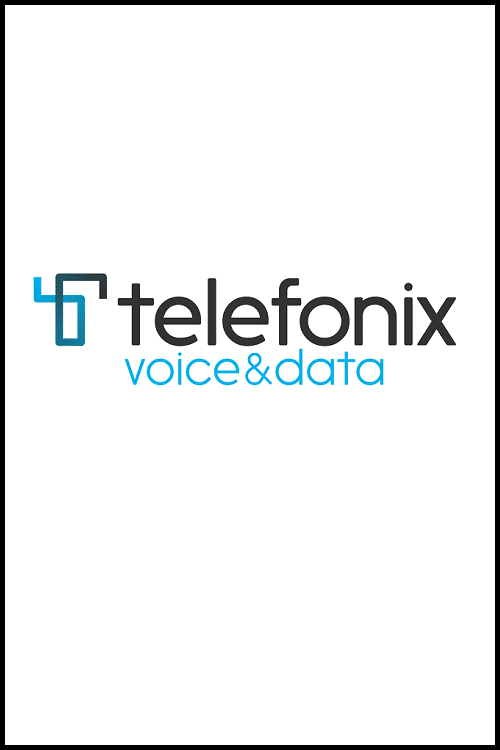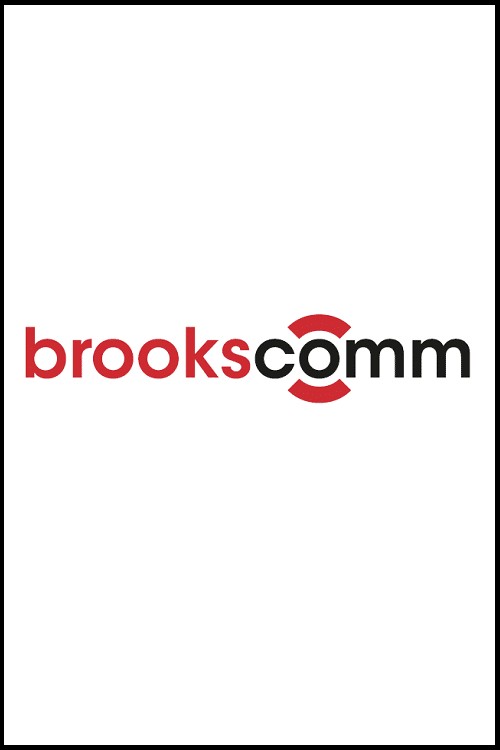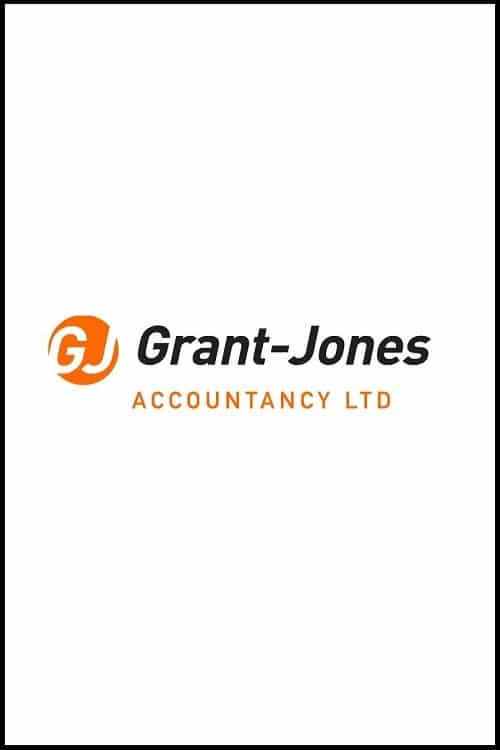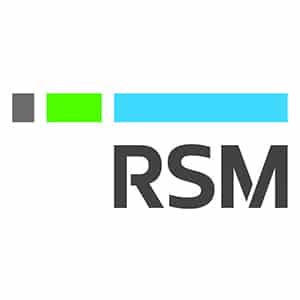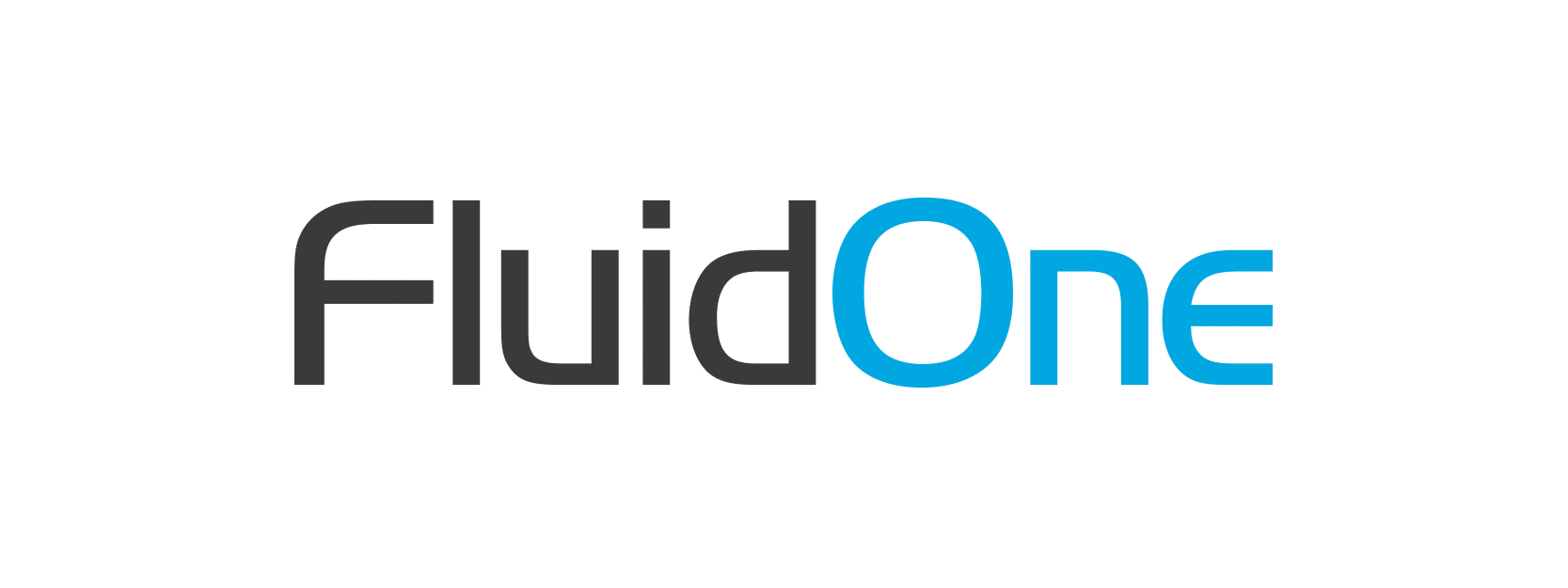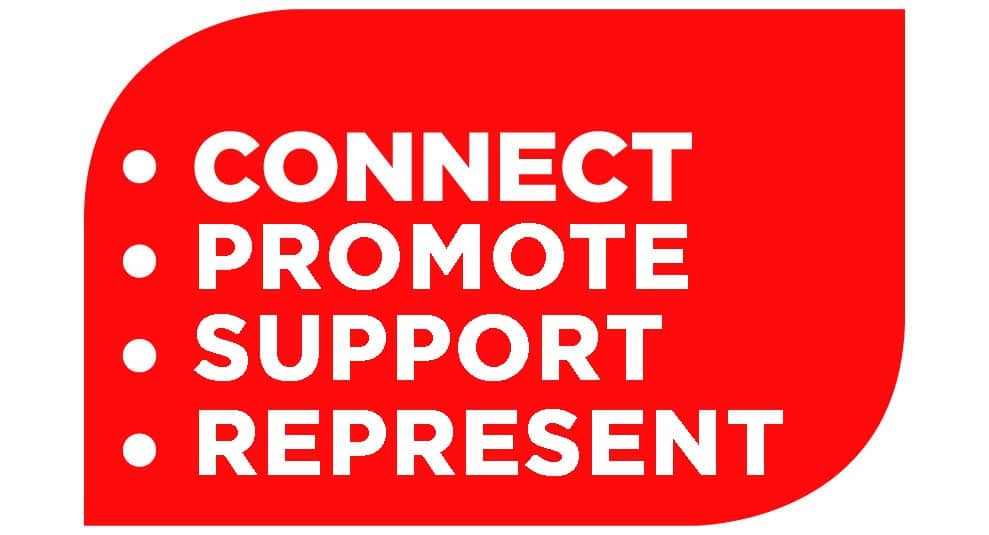Over the past couple of years, interest in data science grew significantly – I am sure everyone has heard about data and data analytics importance to businesses. According to PwC, there will be more than 2.9 million job postings for data science and analytics roles in the US alone. However, many businesses still lack internal data science talent, and thus, may need to rely on data science consulting companies. But what do data and analytics really mean to businesses?
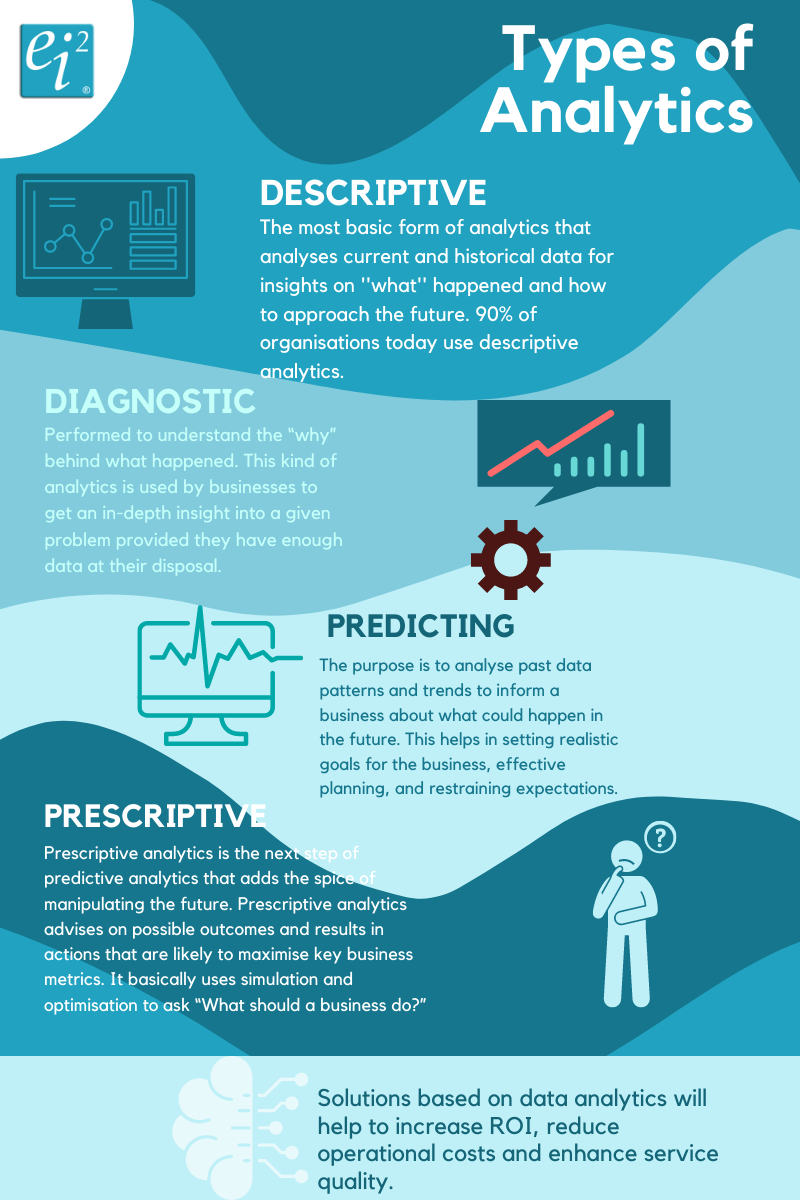
The main goal of data analytics is to help companies to make smarter decisions for better business outcomes. There are four types of analytics – Descriptive, Diagnostic, Predictive and Prescriptive analytics. They are interrelated solutions helping businesses make the most out of the data that they have. Each of these analytic types offers a different insight. But many organisations do not know where to begin, what these different types of analytics mean and what kind of analytics they need to solve the issues they have or to nurture business growth. Therefore, in this article, we discuss the four different types of analytics to understand what each type of analytics delivers to improve the business performance and operational capabilities. Also, we will outline some steps to consider when looking for a data analytics consultancy to enhance your business performance and growth.
Descriptive analytics
This type of analytics analyses the historical data of the company for insights. Descriptive analytics is leveraged when a business needs to understand the performance of the company at an aggregate level and describe the various aspects. The main objective of descriptive analytics is to find out the reasons behind the success or failure of the company and learn from past behaviours to understand how they might impact future outcomes. Simply, descriptive analytics allow answering the question of what happened?
The most common example of descriptive analytics is the results that a business gets from the web server through Google Analytics tools. The outcomes help understand what actually happened in the past and validate if a promotional campaign was successful or not based on parameters like page views. Another example of descriptive analytics can be represented by social media metrics such as the number of followers, likes, reposts, etc. The key point is that descriptive analytics will represent solely the results – success or failure, however, will not tell you which actions had led to such outcomes.
Diagnostic analytics
Diagnostic analytics is used by businesses to get an in-depth insight into a given problem. This type of analytics is performed on the internal data to understand why the success or a failure occurred. Provided that there is enough data at the disposal for the analysis, diagnostic analytics can help to identify correlations and relationships in data from different sources. For example, eCommerce giants like Amazon can drill the sales and profits down to various product categories like Amazon Echo to find out why they missed on their overall profit margins.
Diagnostic analytics also find applications in healthcare for identifying the influence of medicines on a selected patient segments with other filters like diagnoses and prescribed medication.
Predictive analytics
Predictive analytics is used by businesses to study past data patterns and trends to find an answer to the question of what can happen to optimise ongoing operations. This type of analytics helps in setting realistic goals for the company, effective planning, and restraining expectations. However, we must keep in mind, that no analytics can predict the future – predictive analytics can only forecast the probability of future events and outcomes. For instance, companies like Walmart, Amazon, and other retailers leverage predictive analytics to identify trends in sales based on purchase patterns of customers, forecasting customer behaviour, forecasting inventory levels, predicting what products customers are likely to purchase together so that they can offer personalised recommendations, and thus, forecasting the number of sales at the end of the quarter or year.
Prescriptive analytics
The simplest way to describe what prescriptive analytics is used for is to say that it aims to explore several possible events and suggest recommendations on actions needed to eliminate future issues or to benefit from emerging trends. The purpose of prescriptive analytics is to answer the question of what a business should do and advise how to act on the possible outcomes and events which were identified from descriptive and predictive analysis.
If implemented properly, prescriptive analytics can have a major impact on business growth. For example, Aurora Health Care system saved $6 million annually by using prescriptive analytics to reduce re-admission rates by 10%.

How to choose the right data analytics consultancy for your business?
Now when you understand the types of analytics and what are they used for, the next question is how to choose the right data consultancy for your business. But first of all, you must be ready to describe your problem in detail and provide experts with operational data. A reliable data consultancy always takes time to verify whether a client has enough high-quality data before describing the scope of work and negotiating contract terms. Experts generally study a problem, research scientific articles, feed client data to algorithms that can be potentially used for a project, and present preliminary results and solution.
The second step would be to begin learning about the expertise of each of the potential data consultancies that you consider working with – look at industries for which a data company builds solutions and find out whether they have the expertise of working in your company’s industry. Also, examine their case studies page. Each company strives to prove that it has sufficient expertise in its field. However, nicely written testimonials and client logos on the main site page do not add as much credibility to a company as related case studies. A case study allows for learning about a client’s background, the technology and methods a consultancy company applied to solve a particular problem, and of course the outcomes. The level of analytics used in case studies is another source of guidance for a consultancy search and selection. Check Ei Square case study page to see the examples.
However, besides just reading the case studies, consider researching and contacting previous clients or at least visiting their websites to evaluate a consultancy’s competency. It is normal to ask data companies that you consider working with to provide client contacts for references. Additionally, look for some marketing materials about a data consultancy you are researching, e.g., news, press releases, and blog articles can show much about a specialists’ proficiency and reputation. And do not forget to check corporate pages on social media to get a fuller picture of a potential partner’s expertise.
Lastly, when you have some companies on the list you consider as suitable experts – start to contact them. That means that the time has come for the most important part of the consultancy search journey – an evaluation phase. Ideally, this phase is all about a meaningful dialogue between the consultancy and the potential client. At Ei Square, we offer you free consultancy service during the discovery stage until the proposal is made. During this time, you have enough time to determine whether you would like to work with a data consultancy or not.
In addition, some other factors to consider before making a final choice would include whether data science provides team training, what other expertise they have if you would require additional assistance. However, there is one more important thing for you to consider – the return on investment (ROI). The investment in the solution must pay off within a specific amount of time. So, one of the key tasks for a vendor team is to calculate the difference between a solution cost and ROI. For example, Ei Square case studies always highlight the ROI on each and does that as default for all clients. Thus, once the consultancy has gathered enough information about your problem and data, it must provide you with a scope of work, present preliminary results, and assess project cost and ROI.

To conclude, increasing number of organisations realise that data has a competitive advantage. There are four different types of analytics – Descriptive, Diagnostic, Predictive and Prescriptive. And each is used for different purposes. When used together, the data analytics can provide information and insights to the business which eventually can significantly impact the business performance and growth as it can be used for various purposes of the business such as to increase ROI, reduce operational costs or enhance service quality.
When it comes to choosing the right data analytics consultancy which would help your business to enhance performance and nurture growth, there are several things you need to consider before making a choice. Firstly, research the data consultancies you consider working with – ranging from their website pages and industry expertise to their case studies and marketing materials such as appearances in news or blog articles. Once you have got enough information about the companies you have shortlisted, start contacting them and ideally, during the few discovery calls you will identify whether it is the right data consultancy for your business.










